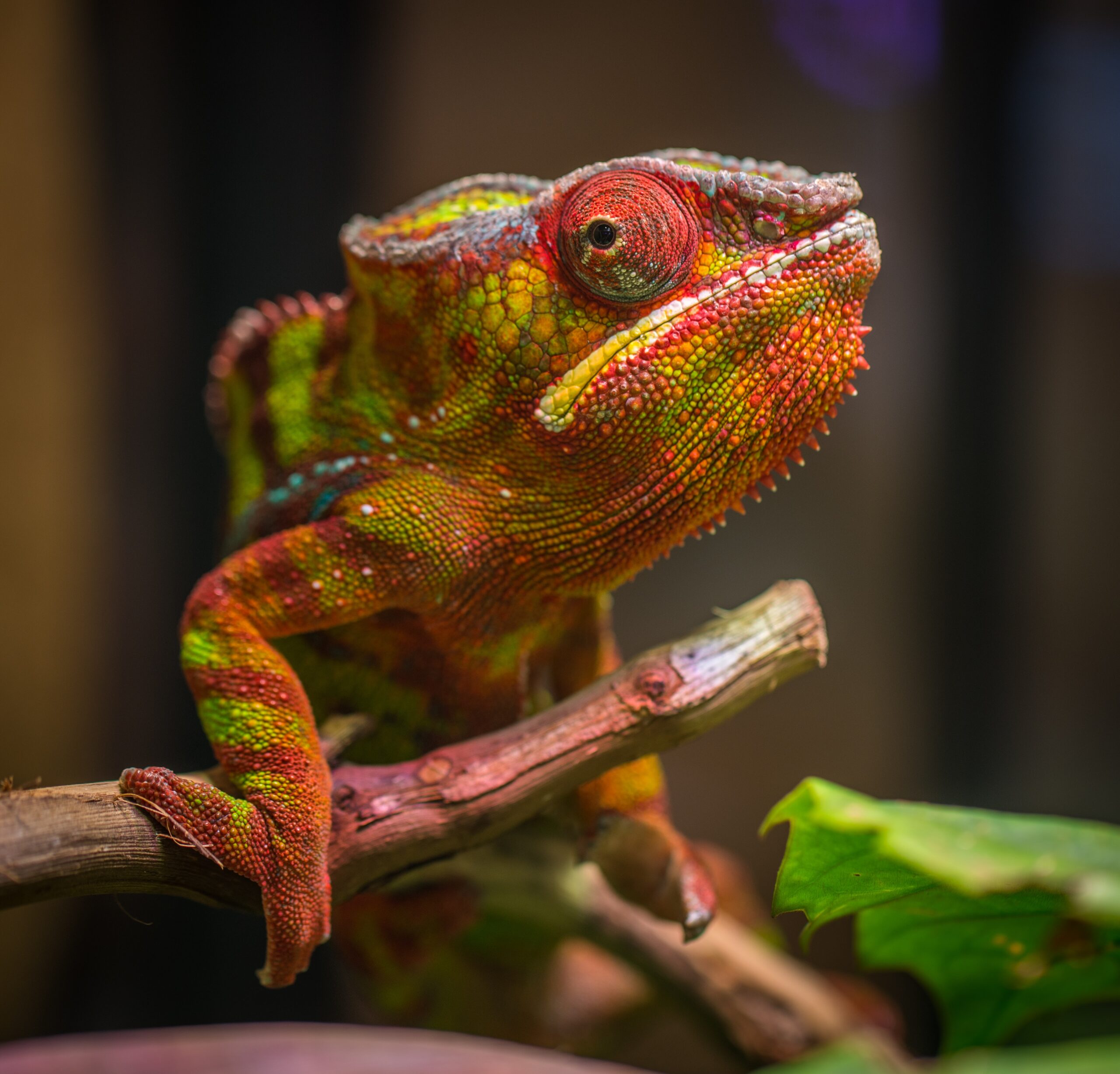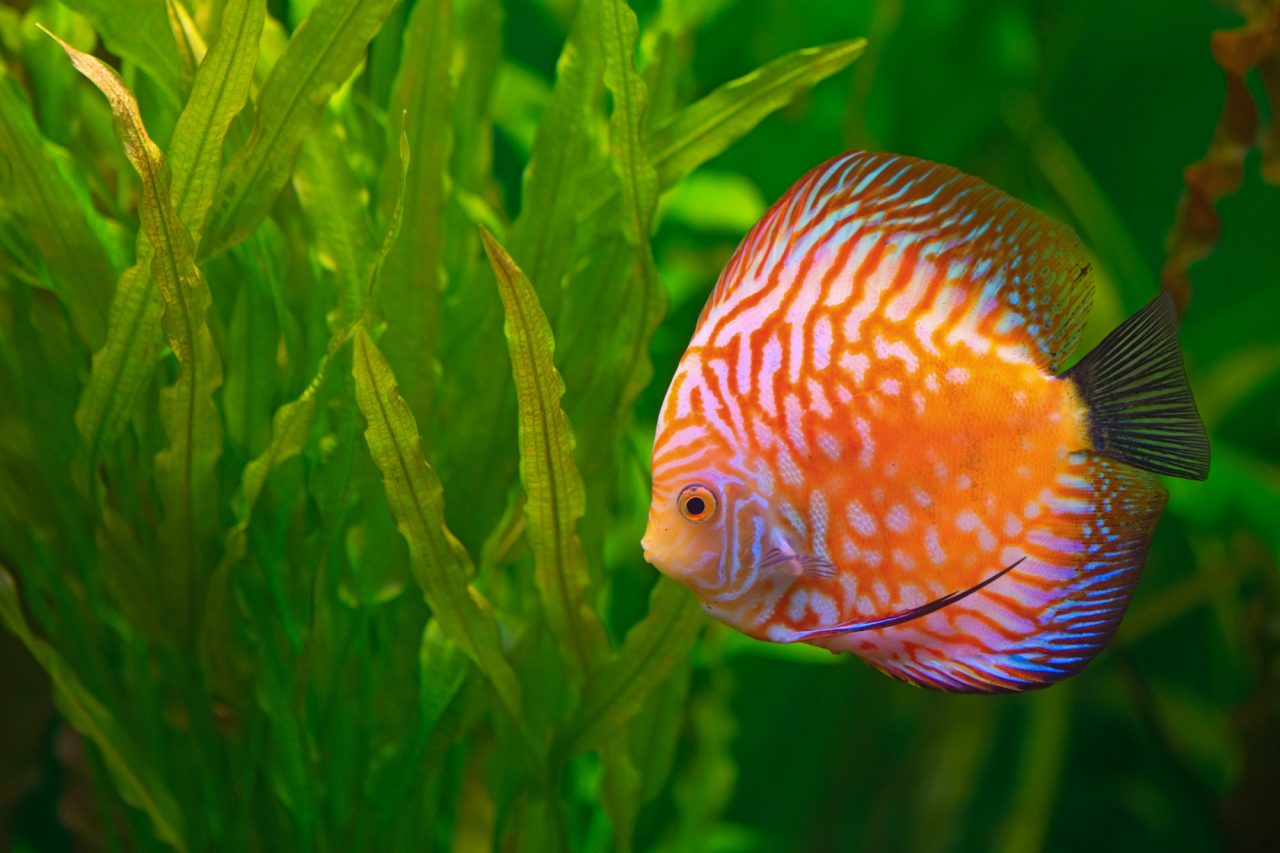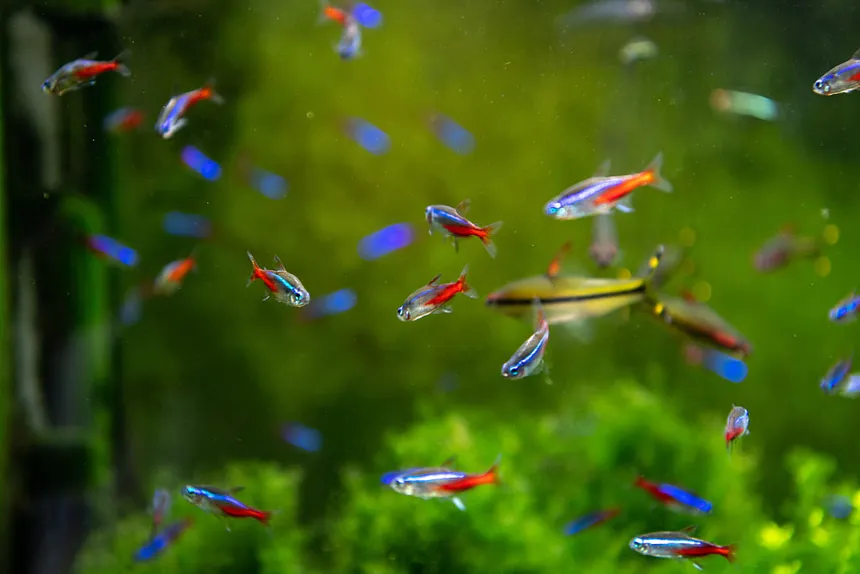Most living creatures need light to survive. The duration of light provided is called the photo period. Both a night and a day, of natural duration, MUST be provided. The amount of daylight can play a critical role in how well a reptile eats, how long it lives, and its ability to breed and produce young.
Once the amount of daylight required has been determined, a simple household timer, connected to the light source, will provide consistency which is equally as important as duration. Studies show that a light as close to the color of sunlight as possible should be used. Many reptiles respond to things like food because of its color. The use of unnatural colors of light can cause unanticipated physiological problems.
Metabolic bone disease is probably the number one killer of pet iguanas. With the use of a full spectrum light, this problem need not occur with any species. When using full spectrum lights, make sure the light is not placed on a glass or plastic canopy, as these tend to filter out most of the UV light.* Screen covers reflect as much as 50% of the UV light, greatly reducing its benefit. Many fluorescent bulbs will burn for years, but should be replaced at a minimum of once a year since the UV part of the spectrum burns out long before the visible light.
When in doubt if a reptile needs UV light or not, go the little extra and provide it.
When using an incandescent light bulb as a heat source, you must be careful not to upset the reptile’s photo period. The use of a red or black light bulb will eliminate this problem since colored light cannot be detected by the reptilian eye. Also, a thermal gradient must be provided. This means that a variety of different temperatures are available to the reptile. This can be accomplished by placing the heat source at one end of the enclosure and/or adding climbing branches. This allows the reptile to climb closer to, or further from, the heat source.
Other methods that can be used to achieve the required temperature are under-the-tank heating pads, heated caves, and electric limbs. Under-the-tank heating pads work best when the substrate used conducts heat well. The desert terrarium with sand or gravel are good choices.





